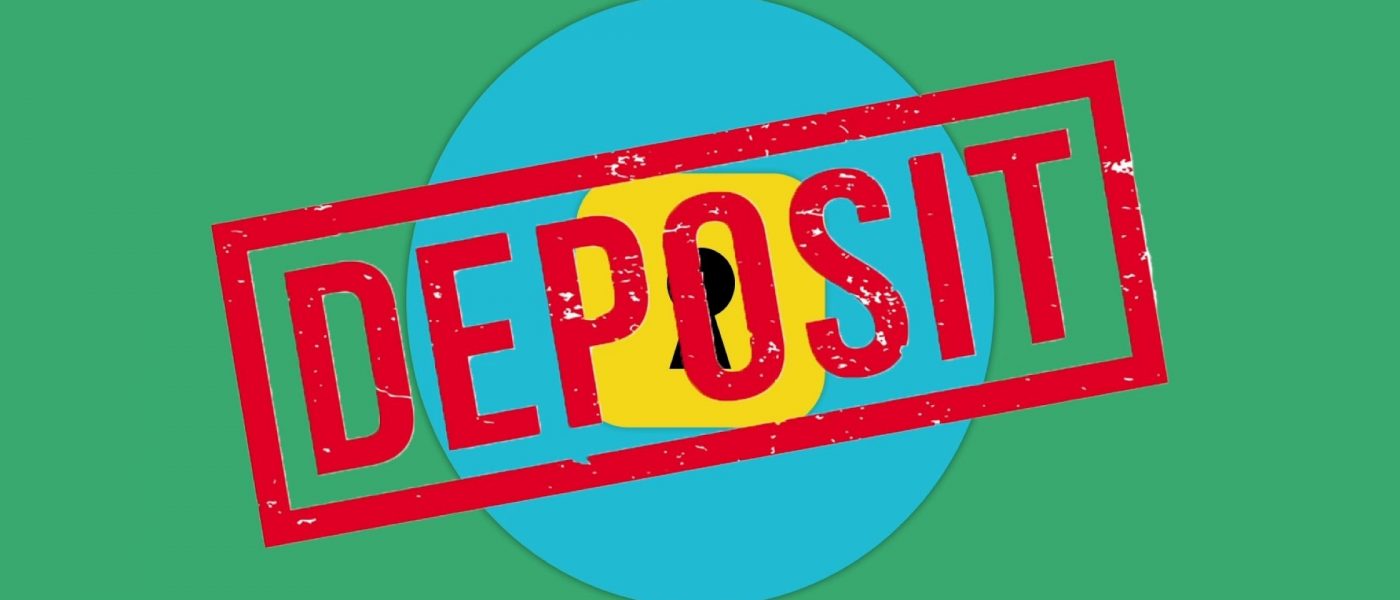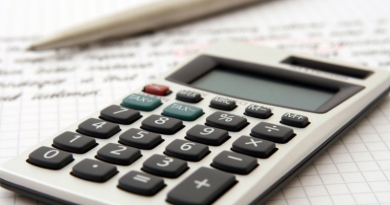How Frequent are Fixed Deposit Interest Rates Revised?
If you look at the fixed deposit interest rates a couple of years ago and compare them with today – you can see, they aren’t the same. Now, we know what you might be thinking – FDs are an investment tool with a guaranteed return. But, this does not mean the interest rates need to always be the same. You need to understand that the demand and supply conditions can be the cause for changes in the rates.
But, before we could know more about this – it is only right if we get our basics thorough. First things first, let’s find out what a fixed deposit is.
What is a Fixed Deposit?
Fixed deposit accounts are offered by banking institutions as an investment option. Customers would deposit a large quantity into this account over a period of time. Investors would get a fixed rate of return for the tenure of the investment in exchange.
The rate of interest on a fixed deposit is significantly higher than the rate on a normal savings account. At the end of the deposit term, investors can reclaim their funds. On the other side, they can reinvest their funds over a prolonged period of time.
All regulated commercial banks, as well as a number of NBFCs and HFCs in India, provide fixed deposit accounts. Examine the scores of the financial institution issued by organisations such as CRISIL before investing in FDs offered by an NBFC or HFC. This is to safeguard the safety of your funds.
Private-sector banks and other financial institutions may charge a rather higher rate of interest than public-sector banks.
Features of a Fixed Deposit
Here are some of the major characteristics of a fixed deposit that you might have to know:
- Each and every Indian resident, particularly minors and Hindu Undivided Families, can open a fixed deposit account.
- You can recommend up to two people on an application form. You can suggest up to two people on an application form. These two nominees are qualified to collect the cash if they can provide sufficient documentation of the account holder’s death.
- It is not permitted to withdraw from the programme early. As a result, you won’t be able to withdraw the money you’ve put into it before it matures. In an emergency, you can, nevertheless, remove this amount without incurring a penalty.
- The banks have a sweep-in service available. You can integrate your savings bank account to your FD account using this service. The benefit of this feature is that it allows you to automatically transfer the money from a savings bank account to an FD account. It allows depositors to get the best rates on individual savings accounts and gives them the choice to break the FD at any time and use the money.
- To address any financial emergency, banks also give the choice of taking out loans against a fixed deposit. The money you put down serves as collateral for the loan you’ve taken out. Depending on your bank, you can borrow up to 75 per cent to 90 percent of the amount of your FD, with interest rates ranging from 1 per cent to 1.5 percent over the interest rate.
Factors to Remember about an FD
There are some things you cannot overlook when you considering a fixed deposit to start investing with, they are:
- Timely closure
It refers to the closing of your FD account after it reaches its maturity date. When you terminate your fixed deposit account on its maturity period, the bank repays you the principal amount plus interest earned throughout the term you choose.
- Partial Withdrawal
The partial withdrawal, as the name implies, allows you to withdraw a portion of your fixed deposit. Partially withdrawing funds may be necessary due to a personal necessity, or you may wish to deposit funds with a bank that pays a higher interest rate on FDs than your current bank. In general, it is permitted in quantities of Rs.1000, with a 1 percent penalty imposed by the bank. The balance in your fixed deposit account, on the other hand, would be able to earn the original and best FD rates in India.
- Breaking an FD account
It’s the polar opposite of closing your FD account on time. You withdraw the sum once the maturity period has ended, whereas you remove your entire fixed deposit money before the maturity date with premature withdrawal or breaking the FD. Banks generally do not allow early withdrawals from fixed deposit accounts, but this varies depending on the bank’s policies.
When you break your FD before it matures and pay back the principal and interest at the lowest rate of interest, almost all banks charge you a penalty. Some banks, on the other hand, waive the penalty if you withdraw your FD due to an emergency.
Fixed Deposit Interest Rates Calculator
The FD calculator is a simple and easy-to-use financial instrument that can be found online. In a couple of seconds, you may use a fixed deposit interest rate calculator. Simply type an FD interest rate calculator into the Google search bar, and a variety of results will appear. An individual can quickly compute the highest fixed deposit rates on his or her deposit by utilising the calculator.
Alternatively, the following formula can be used to determine the same:
N * t = A = P * (1+r/n)
Now, let’s get ahead to the interest rates in different banks.
Fixed Deposit Rates at Different Banks
You have to remember, there is no specific date that rates will change, but you have to keep an eye on them every now and then to see how they are fluctuating. We can say very little about the rates, as it all depends on the demand and supply of credit, as already mentioned. So, here are the current FD rates in different banks.
- FD rates at IDBI Bank
IDBI Bank, a corporate sector lender, has boosted interest rates on long-term deposits by 25 basis points while keeping rates on other tenors unchanged.
The bank previously offered a 5.25 percent interest rate on loans with a term of 5 to 7 years. The bank will offer a 5.50 percentage – point on this term beginning February 14, 2022.
- FD rates at the Federal Reserve Bank
Federal Bank offers Fixed Deposits (FDs) with interest rates varying from 2.50 per cent to 5.60 per cent per year. An FD account can be opened for a period of seven days to ten years. Senior citizens are entitled to a greater rate of interest. The bank has changed its interest rates, which will take effect on February 17, 2022.
- FD rates at HDFC Bank
A private sector lender, HDFC Bank, has joined the list. Lending rates on FDs valued at less than Rs 2 crore have indeed been hiked by 5-10 basis points, according to the bank’s website. On February 14, 2022, the new rates will take effect. The bank boosted the 1-year FD interest prices by 10 basis points to 5 per cent from 4.9 per cent and increased the 3-year to 5-year FD interest rate by 5 basis points to 5.45 per cent from 5.40 per cent.
- Rates on SBI FDs
With effect from February 15, 2022, the State Bank of India (SBI) has raised interest rates on fixed deposits (FDs) for terms longer than two years by 10-15 basis points.
Time Horizons of FDs
Short- to medium-term interest rates are frequently the first to rise as the interest rate loop flips around from the bottom. Long-term interest rates will take a little longer to rise significantly. If you’re thinking about starting a new FD or renewing an existing one, choose for a shorter-term deposit, like one year or less, so your money isn’t locked in at a reduced level for too long. You can start increasing the terms of your FDs when short- to medium-term rates rise.
Conclusion
You need to keep yourself updated on the interest rates, but these rates don’t fluctuate like the stock market – that is why they are known to be an option with the least risk.










